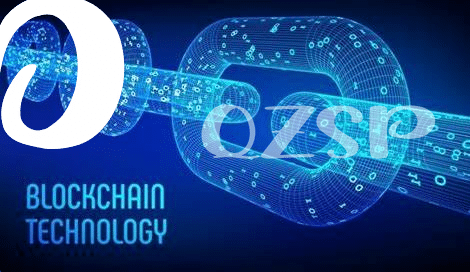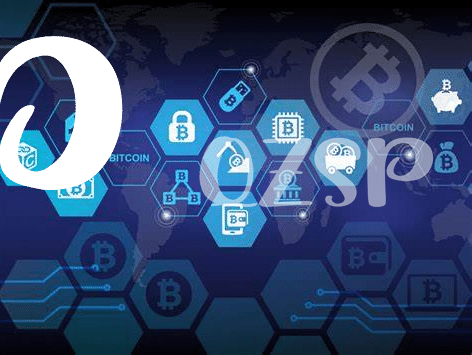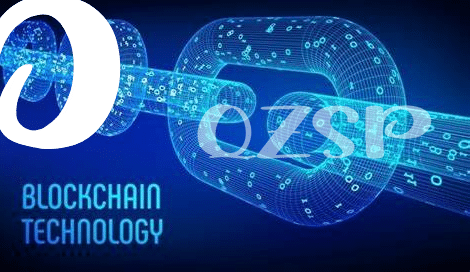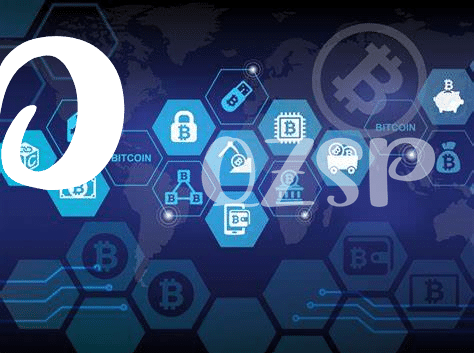Blockchain Education Revolutionizing Ecuador’s Workforce 🌐

Blockchain education initiatives in Ecuador are reshaping the landscape of the future workforce. By integrating blockchain technology into educational curricula, students are being equipped with the necessary skills to thrive in a digital economy. The shift towards embracing blockchain education is not only revolutionizing traditional learning methods but also preparing students for the evolving demands of the job market. With a focus on practical applications and real-world problem-solving, Ecuadorian students are gaining a competitive edge in the global workforce.
| Benefits of Blockchain Education Initiatives in Ecuador’s Workforce |
|———————————————————————|
| 1. Enhanced job readiness for the digital economy |
| 2. Increased innovation and industry relevance |
| 3. Bridging the skills gap between education and industry |
Collaboration with Tech Industry for Student Success 🤝
Blockchain education initiatives in Ecuador are strategically aligning with the tech industry to equip students with the necessary skills for success. By fostering collaborations between educational institutions and tech companies, students gain real-world insights and experiences that enhance their professional development. This partnership ensures that students are well-prepared to navigate the evolving landscape of the digital economy, where blockchain technologies play a crucial role. Through hands-on projects, internships, and mentorship programs, students can harness the power of blockchain to drive innovation and create new opportunities in Ecuador’s workforce.
The integration of practical blockchain skills into the curriculum not only enhances students’ academic learning but also nurtures their entrepreneurial spirit. By engaging with industry experts, students can explore diverse career pathways and gain a deeper understanding of the practical applications of blockchain technology. This collaborative approach not only empowers students to succeed in the digital era but also fosters a culture of innovation and creativity that fuels Ecuador’s economic growth. By bridging the gap between education and industry demands, Ecuador is paving the way for a dynamic workforce that is ready to embrace the opportunities of tomorrow.
Implementing Practical Blockchain Skills into Curriculum 💼

Blockchain technology is evolving at a rapid pace, reshaping various industries globally. In Ecuador, the integration of practical blockchain skills into the curriculum is seen as a pivotal step in preparing students for the digital landscape of the future. By incorporating hands-on learning experiences, students can gain valuable expertise in blockchain technology, enhancing their problem-solving capabilities and critical thinking skills. Through this initiative, educational institutions are equipping students with the knowledge and tools needed to navigate the complexities of blockchain technology confidently. As students delve into the practical applications of blockchain within their coursework, they are not only acquiring technical skills but also fostering a mindset of innovation and adaptability essential for success in the ever-changing digital economy.
Empowering Students for Future Digital Economy 🚀

In today’s rapidly evolving digital landscape, preparing students for the future economy is essential. By equipping students with practical skills in blockchain technology and fostering a mindset of adaptability and innovation, Ecuador’s education initiatives are empowering the next generation of professionals to thrive in the dynamic digital economy. As the demand for blockchain expertise grows globally, ensuring students have the tools and knowledge to navigate this emerging field opens up a world of opportunities. By emphasizing the importance of digital literacy and technological proficiency, Ecuador is paving the way for its students to not only succeed but to lead in the future digital ecosystem. This proactive approach not only benefits the students themselves but also contributes to the overall economic growth and competitiveness of the country. Through strategic education initiatives, Ecuador is laying a solid foundation for a future-ready workforce.
Blockchain technology innovation policies in Dominica
Bridging the Gap between Education and Industry Demands 💡
The collaboration between educational institutions and industry players in Ecuador is crucial for preparing students with the necessary skills to thrive in a technology-driven workforce. By bridging the gap between academia and industry demands, students are exposed to real-world applications of blockchain technology, enhancing their understanding and employability. Through internships, guest lectures, and hands-on projects, students gain valuable insights and practical experience that align with the evolving needs of the job market. This proactive approach not only benefits the students but also ensures that the industry has access to a skilled workforce ready to contribute meaningfully to the digital economy.
| Benefits of Collaboration | Impact on Students |
|---|---|
| Real-world applications exposure | Enhanced employability |
| Industry-aligned projects | Practical experience |
Fostering Innovation and Job Opportunities in Ecuador 🌱

In Ecuador, fostering innovation and job opportunities goes hand in hand with the integration of blockchain education initiatives. By equipping students with practical skills and knowledge in blockchain technology, the groundwork is laid for a future workforce that is not only well-prepared for the digital economy but also poised to drive innovation. This strategic approach not only meets the demands of the industry but also opens up new avenues for job creation and economic growth. As Ecuador embraces the potential of blockchain technology, a wave of opportunities emerges for individuals to explore and contribute to the evolving landscape of the digital era.
You can learn more about blockchain technology innovation policies in Djibouti by visiting the blockchain technology innovation policies in Czech Republic website.
